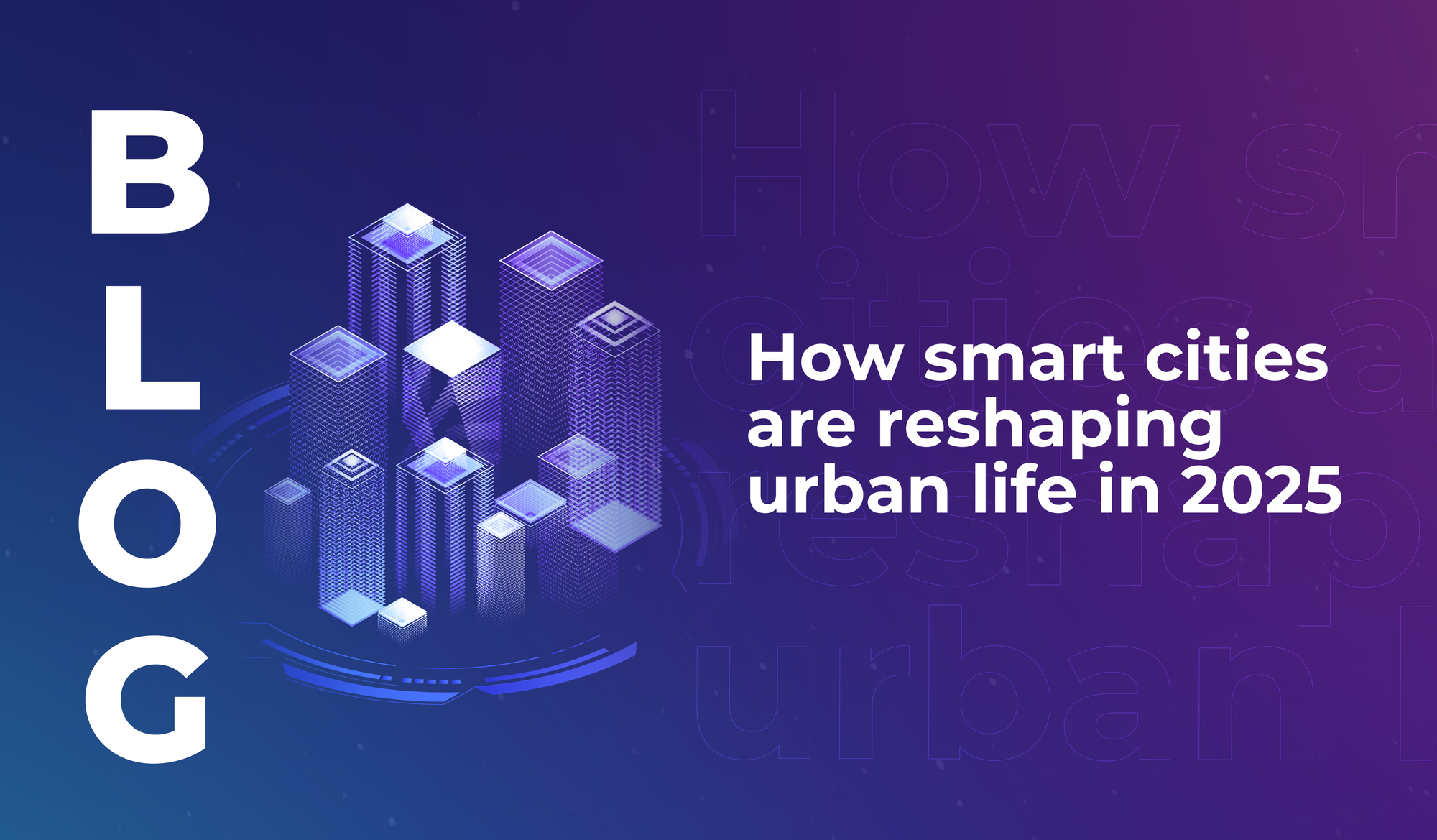
How smart cities are reshaping urban life in 2025
Discover the key drivers of positive smart city development, including collaboration, data literacy, and a sharp focus on sustainability.


#LEAP22 left us inspired to change the world – and we want you to feel the same. Here’s our weekly pick of keynote quotes: dive in and discover innovations to get excited about.
This week we’re quoting…
Mohammed Ashour (Founder and CEO at Aspire)
What Ashour said:
“If we want to develop a future-proof, climate resilient, drought resistant and scalable food production system, we have to think radically outside the box…to leverage technology to really help us produce food at a scale that was previously unthinkable in history.”
Out-of-the-box innovations
Ashour inspired us to look at what food innovations are changing the way people eat right now.
Here are some projects and farming strategies we love:
Making new food from old food (and from thin air)
As well as innovative food production tech on a large scale, small scale innovators are developing tech-based food creation techniques that have the potential to be scaled.
Could you be a farmer?
The new generation of farmers won’t be the same as their parents and grandparents. By necessity, farming is changing – because while the human population of the world is growing by about 1.1% each year, the resources available to us are shrinking.
Farmers will be innovators. Innovators will become farmers. Maybe you have an idea that could change the way we produce and consume food. If so, you should definitely tell us about it at #LEAP23.
This week we’re also quoting
Stéphane Houdet (World’s #1 Paralympic Tennis Player)
What Houdet said:
“This wheel of 1kg for [wheelchair] sports is also an improvement for everyone as a day chair.”
Hmm?
OK, this particular quote is a little abstract when taken out of context. Let us fill you in: Houdet was talking about developments in the technology used by para-athletes in wheelchair tennis. He collaborated with engineers who created a wheel that weighed only 1kg to improve his performance in the sport.
The point: specific use to general use
That wheel doesn’t just improve sports performance. It also (as Houdet pointed out) makes daily life better for non-athlete wheelchair users who then have access to a lightweight wheel. Lightweight wheelchairs aren’t appropriate for all users in all circumstances, but generally speaking they’re easier to manoeuvre and let users get around faster, with less effort.
So the benefits of a technology developed for a very specific use can then trickle down into more general use. Improving manoeuvrability in a sports wheelchair isn’t only about improving sports performance – it’s also about the experience for all wheelchair users.
And this specific-use-to-general-use development trajectory is something we see in numerous areas of tech. Products developed for particular purposes are then adapted into consumer devices – and we expect to see more of this as advanced robotics become ubiquitous.
In case you didn’t know
Speaking of innovations that benefit people in unexpected ways – did you know that bubble wrap (that irresistible popping plastic that’s definitely not good for the environment) was originally invented in 1957 as a new kind of textured wallpaper?
We’re imagining it lining the walls of the LEAP offices. Pretty weird.

Discover the key drivers of positive smart city development, including collaboration, data literacy, and a sharp focus on sustainability.

Some of the most experienced tech investors in the world share their insights and advice to help new investors on their path to success.

Discover how brain-computer interfaces (BCIs) are creating new possibilities in healthcare and medicine.

Discover the key drivers of positive smart city development, including collaboration, data literacy, and a sharp focus on sustainability.

Some of the most experienced tech investors in the world share their insights and advice to help new investors on their path to success.

Discover how brain-computer interfaces (BCIs) are creating new possibilities in healthcare and medicine.